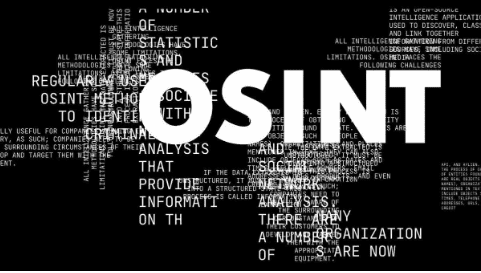We humans love visuals. Studies show that our brain can process images in as little as 13 milliseconds. This is one of the reasons why data scientists and engineers work on data visualization, which is a great way to understand and analyze complex data easily.
Data visualization is all about using charts or graphs to visualize vast amounts of information. It is a widely accepted concept in an array of tech fields, including machine learning, data science, and web development.
Data Visualization Libraries for Python Web Development
When it comes to Python web development services, professionals use different data visualization libraries than beginners. These libraries vary in size and complexity. However, if you are new to Python data visualization, focus on simple and easy-to-use libraries. Here are some suggestions froman experienced Python web development company.
- Plotly
Plotly is a popular online platform for data visualization, and you can access its capabilities from a Python notebook, too. As an advanced Python analytics library, Plotly helps in building interactive dashboards, 3D charts, and contour plots. Plus, it is super easy to generate and deploy them on the server. Plotly supports Python, R, and Julia.
Key features include:
- Plotly helps share plots with the public without revealing the code.
- It uses a simple syntax as all graphs use the same parameters.
- You can build 3D plots using a variety of interactive tools.
- Geoplotlib
Geoplotlib is an open-source Python web development library for visualizing geographical data. It supports the development of hardware-accelerated visualizations in pure Python. The library provides implementations of dot maps, kernel density estimation, spatial graphs, shape files, and other spatial visualizations. You can also use it to make a wide range of maps, such as equivalent area maps and point density maps.
Key features include:
- The Geoplotlib library allows you to zoom in and out of the map.
- It handles dataset importing, map projection, and map tile transfers.
- It offers rich and extended modules like geoplotlib and geoplotlib.core.
- Seaborn
If you want to harness the power of the popular Matplotlib library to build beautiful charts in a few lines of code, then Seaborn is the answer. It is built on top of Matplotlib and offers many built-in functions to create beautiful plots with just simple lines of code. You can use a variety of advanced visualization plots with simple syntax like box plots, violin plots, pair plots, and many more.
Key features include:
- The library takes advantage of multi-grid plotting.
- It helps identify the relationship between two variables.
- You can distinguish when examininguni-variate/bi-variate distributions.
- Ggplot
Using a high-level API, Ggplot is a great library when it comes to building data visualizations, such as bar charts, pie charts, histograms, and so on. The library allows you to combine many types of data visualization components into a single visualization. For instance, you can add an axis at the start, and then points and other components like a trend line.
Key features include:
- Ggplot is a declarative-style library closely integrated with Pandas.
- It avoids complexities and follows a straightforward plotting technique.
- It comes with a save method to exhibit your plots or insights.
- Bokeh
Bokeh is yet another beginner-friendly Python web development library for data visualization – with over 17K stars on Github. The library helps you generate detailed images with a high level of interaction for both big and small datasets. It also lets you create adaptable graphics with high-performance interactivity across streaming datasets.
Key features include:
- This library supports active plot interaction, including zooming and panning.
- It provides you with a low-level interface to customize charts.
- You can also convert Matplotlib, Ggplot.py, and Seaborn plots.
In Conclusion
All these Python web development libraries are great for data visualization. They are easy to use and won?t take much time when it comes to the learning and development part. So, go on and pick the library that will suit your needs and help you create a stunning data visualization in Python!

As the editor of the blog, She curate insightful content that sparks curiosity and fosters learning. With a passion for storytelling and a keen eye for detail, she strive to bring diverse perspectives and engaging narratives to readers, ensuring every piece informs, inspires, and enriches.









